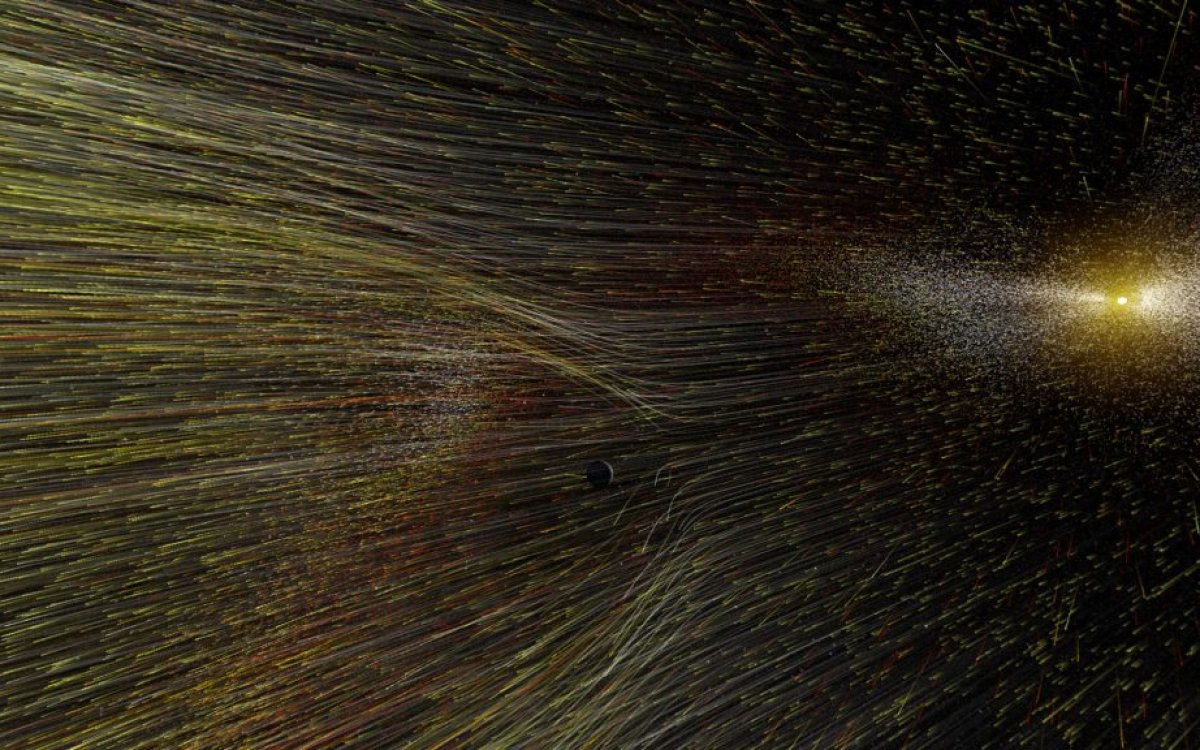NASA GLIDE
Studying the upper reaches of Earth's atmosphere where it touches space

In 2022, Rocket Lab was selected by Ball Aerospace to manufacture the Solar Array Panel (SAP) to power NASA’s Global Lyman-Alpha Imager of Dynamic Exosphere (GLIDE) spacecraft. GLIDE is a heliophysics mission intended to study variability in Earth’s atmosphere and is expected to launch in 2025.
The SAP will utilize SolAero by Rocket Lab’s high-efficiency, radiation-hardened, quadruple-junction Z4J solar cells, laid down on carbon composite facesheet panels manufactured at the company’s facilities in Albuquerque, New Mexico.
Rocket Lab has provided power to multiple spacecraft as part of NASA’s Heliophysics Division missions including the Parker Solar Probe, the first-ever mission to “touch” the Sun that launched in 2018, and the Magnetospheric Multiscale (MMS) mission, a robotic space mission to study Earth’s magnetosphere that launched in 2015.


